As a native Philadelphian, I love the opportunity to celebrate the good things that are happening in my city. Teachers like Courtney are what make our urban school succeed. When I saw that Courtney was a semi-finalist for the Grammy music educator award for 2020, I asked her to share some thoughts via a blog post. In this post, Courtney describes her philosophy on music citizenship and her approach to urban education. Thank you for all you do for students! -Sarah Gulish
Table of Contents
What is Music Citizenship?
Music Citizenship is the musical connection that students make between music in and outside the classroom. This may be in wildly different capacities depending on the school but Music Citizenship starts in the school and grows into the community and beyond. Students make connections between experiences like seeing a live orchestra and playing music in the classroom to learn the fact that music is for ALL not just the elite. I want all of our students to be able to be the best Music Citizens they can for the greater society. That may look different for each student and it has been different at each school I have taught at.
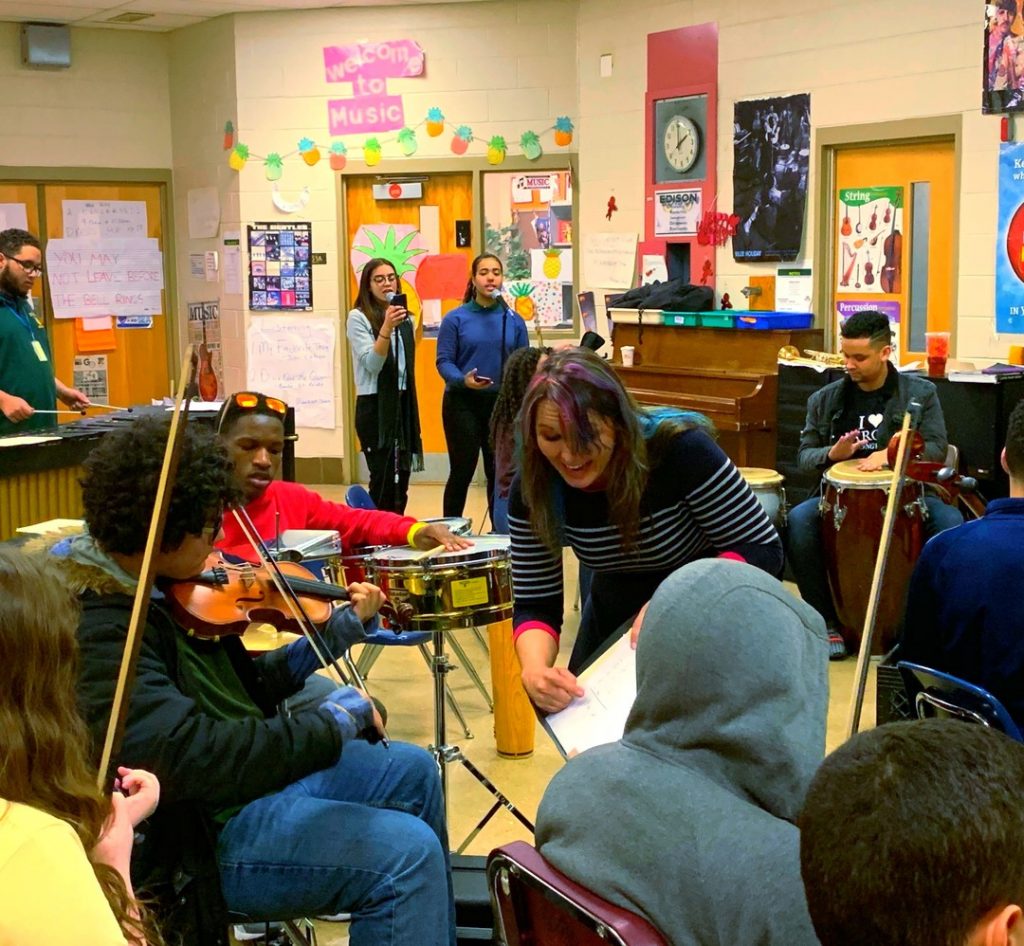
Courtney with her students
How do we cultivate Music Citizenship?
Middle School. In Middle School, some students begin to make the change in thinking school music is not cool. Reasons include- “I’m dropping out because my friends are”, “I don’t feel accepted”, or “I’m not good enough”. We have all seen students struggle during these years but if everyone in class is an active Music Citizen (they are positive and giving effort on the task), students will then start to feel comfortable in the space to make mistakes. In the middle school years I usually begin to have students form bands. This is not just an activity for the best and brightest but for everyone to work together to make music. I divided the 45 min class up each day (after about 4 weeks of learning the process) with a 5 min explanation of a song for the day, then divide to groups (dance, video, percussion, bells, violins, guitar, bass and boomwhackers etc…). Each group works together and shows me their musical ideas as I walk the room and the song is playing on a loop. Then, the last 10 min of class we come together to jam using the song. It may be that we are very successful the first try and get everything right but most times we film our final product and review it at the beginning of the class to see where we might need improvement. Doing the songs in the classroom in this manner helps make sure all students are involved in the music making process and become Music Citizens of the classroom–connecting their music making in and out of school.
High School. I have worked at two wildly different urban environments: from a 1A school in Texas to a community school in Philadelphia. There are many commonalities with both schools but to the naked eye it may look very different. Students at both types of urban Schools want to learn but either home life, trauma, other struggles like language (ELL), or access to prior music education often get in the way. Becoming a Music Citizen lets the student know they matter and they are involved in something bigger than home, or lack thereof, and that they belong. An example of this is I have a current student that would not show up to class (roughly 60% of our school population has a truancy problem). I asked her to be my videographer for class at the beginning of the year. I said, “You are a Music Citizen in my classroom and you are part of the process.” She was hesitant but videoing was something she felt confident in. She now plays viola, is experimenting with chords on piano, and feels included in our space. At a school where there is an established program or greater resources, you can grow it leaps and bounds by getting out in the community. That may look like small nursing home events (string quartet), collaborating with a district you might usually compete with in a music making event, and even coordinating with the elementary and middle schools that feed into your school.
The philosophy of Music Citizenship helps students at all levels in becoming complete musicians, understanding all aspects of the music making experience (audience, video, expectations, failure, success, teamwork, critical thinking, inclusion, community, business, and ethics). Every student in the music classroom should have the opportunity to be successful no matter their ability. They should be able to come together, get off their phone, make eye contact, talk with each other and make music. Music Citizenship allows for greater creativity for some students, while others may just like “being part of the group” (Maybe they are in the band because their friend is). Every student’s role is important with Music Citizenship- everyone matters in the classroom.
Teaching in an urban environment
When I think back to my start in education as a student in a rural school: Leon, Kansas with 16 students in my graduating class, to where I am now, I am amazed at the difference. In the urban environment, I’ve experienced everything from 55 students per class at the elementary level to a classroom of 33 high school students (none of which elected to be in music class). I’ve seen and survived these experiences during my 12 years of teaching.
I want to start off with the fact that I love my job. I love to learn from the traumatic moments (not at the time but in reflection) and the happy music making times. Working in an urban community school definitely has big issues that you normally might not see at a suburban school or at our audition/application based schools in Philadelphia. We have students who show up to school and never go to a class- they walk the halls all day. I have made it my goal to find the “musical hallway students” and get to know them, to make some negotiations on getting them to class and gaining access to the studio or piano.
Creating a positive culture
Creating a positive culture is hard and not all students or teachers may agree on this topic. If students want to be with you at lunch, after their work is complete, or other times during the school day, YOU ARE DOING THE RIGHT THING. Students will test to boundaries when you give them freedom but that’s how you establish trust with your students and teachers alike. I have a list of students who are rostered to me from all different parts of my schedule and a list of non-rostered musicians I have given to all teachers. Students are responsible for checking in with teachers, doing the assigned work and then they are released to me with a pass. This has taken time to establish but the students that are successful take pride in my room and their space and treat it as such.
Yep, I have had students break instruments on purpose and accident, pop strings on guitars for the fun of it, slam and bang on the drum sets, threaten me, bust a door knob off, push me and steal from me in the past. I have gone home crying, stressed, anxious and not sure I can do it. But, I can. I am there for my babies, my students, my Music Citizens. Stay strong and find your core group of students who do want to enjoy music. Stop and have a conversation with your heavy hitters, make eye contact, shake their hands, and teach them how to talk to each other. Music is all about communication and it can be difficult to manage 7- 504 plans and 13 IEP’s in an inclusion class but YOU can do it! It might not always look pretty; you might lose your cool. But, YOU are human too. When you make a mistake and get to frustrated and need a break, tell them. It’s ok. Teaching is not perfect (that would be boring), and music…well….music saved me- you never know who it will save next.

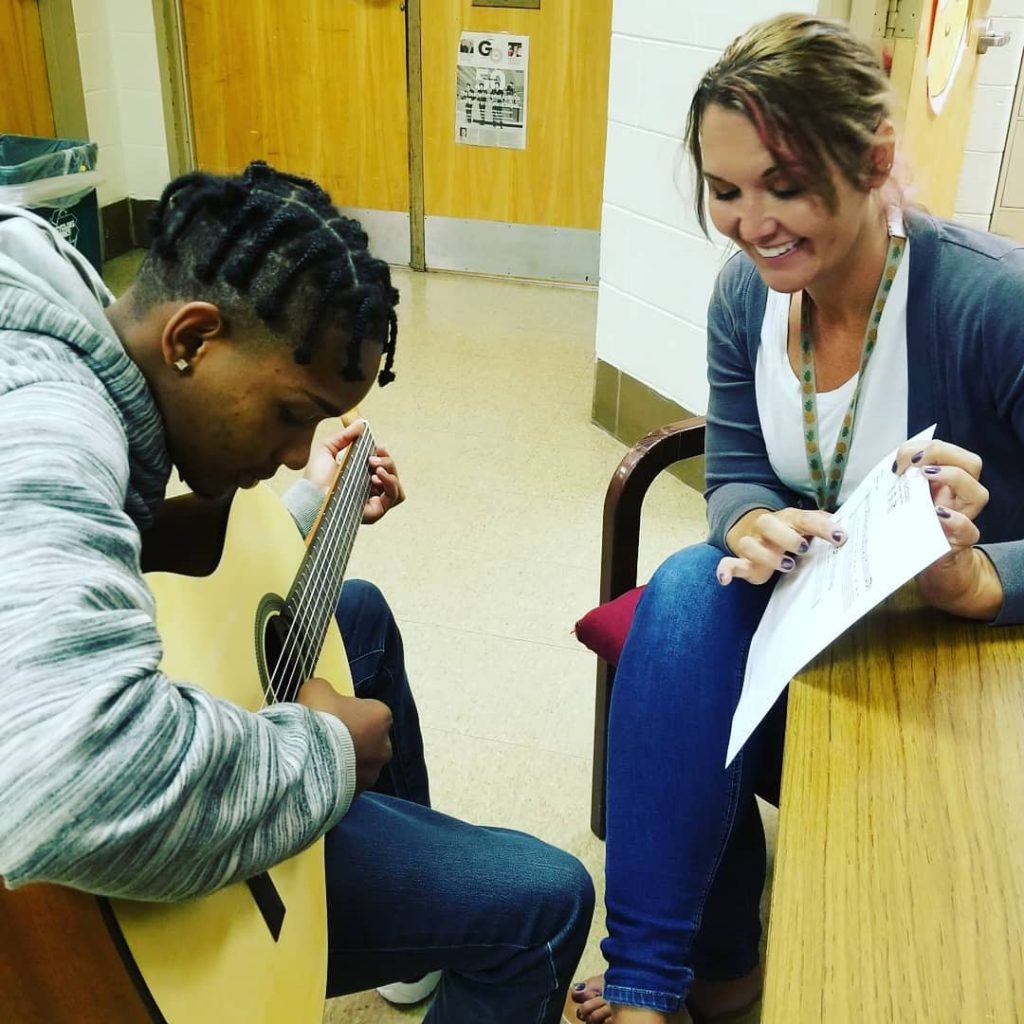


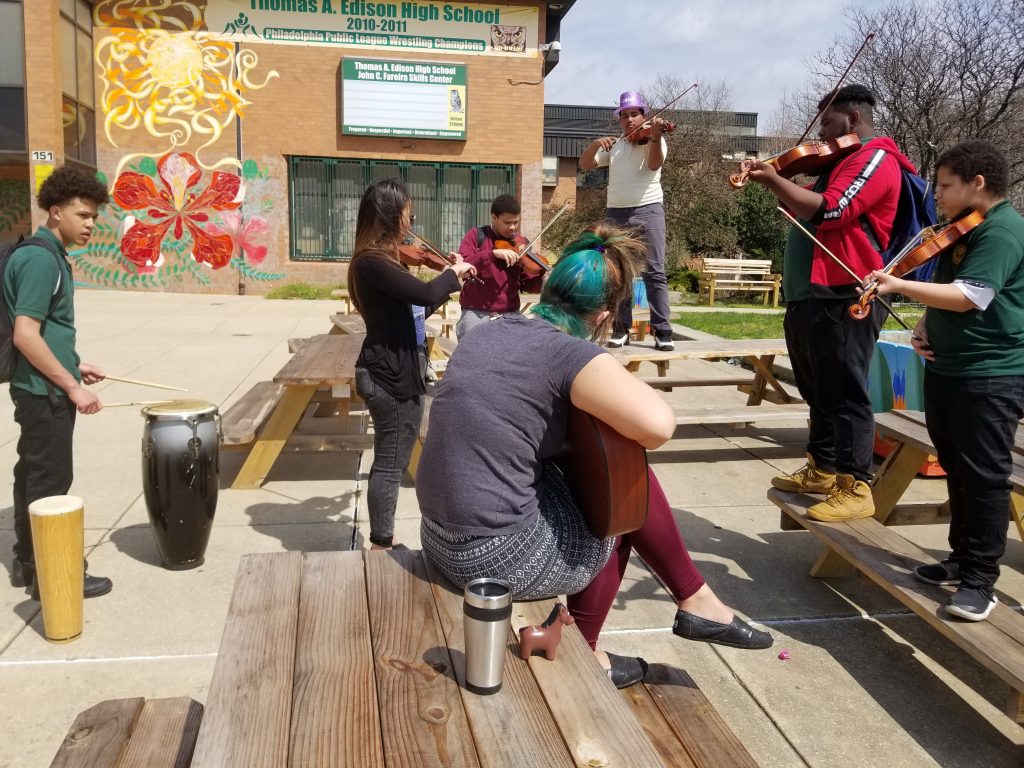

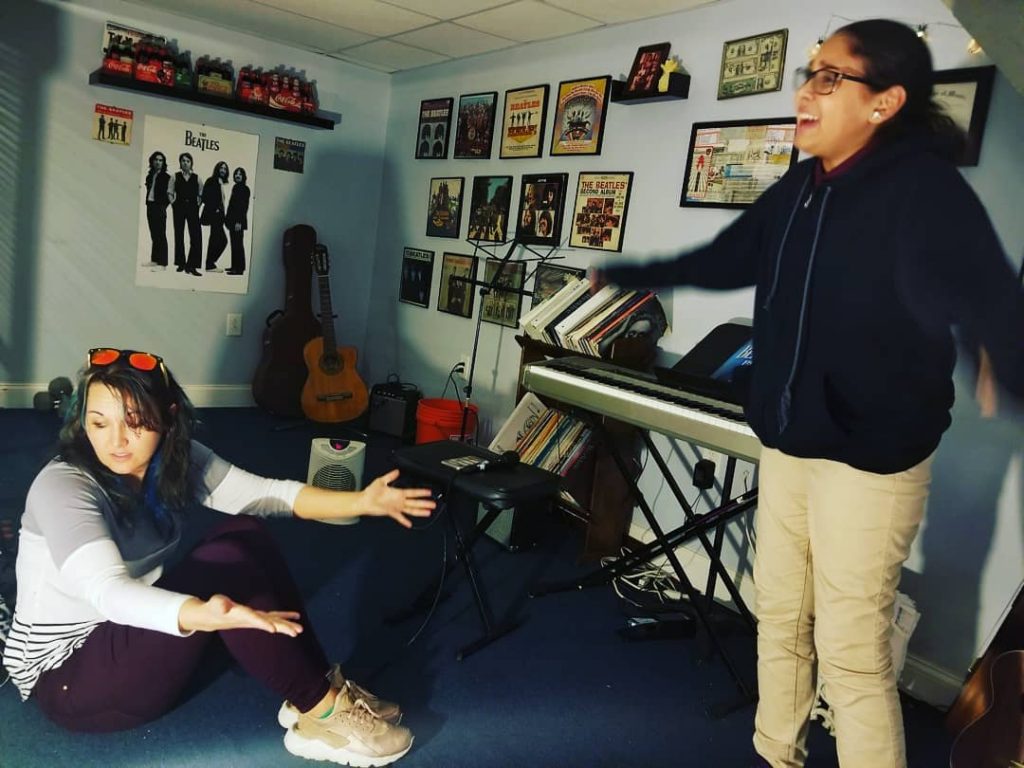

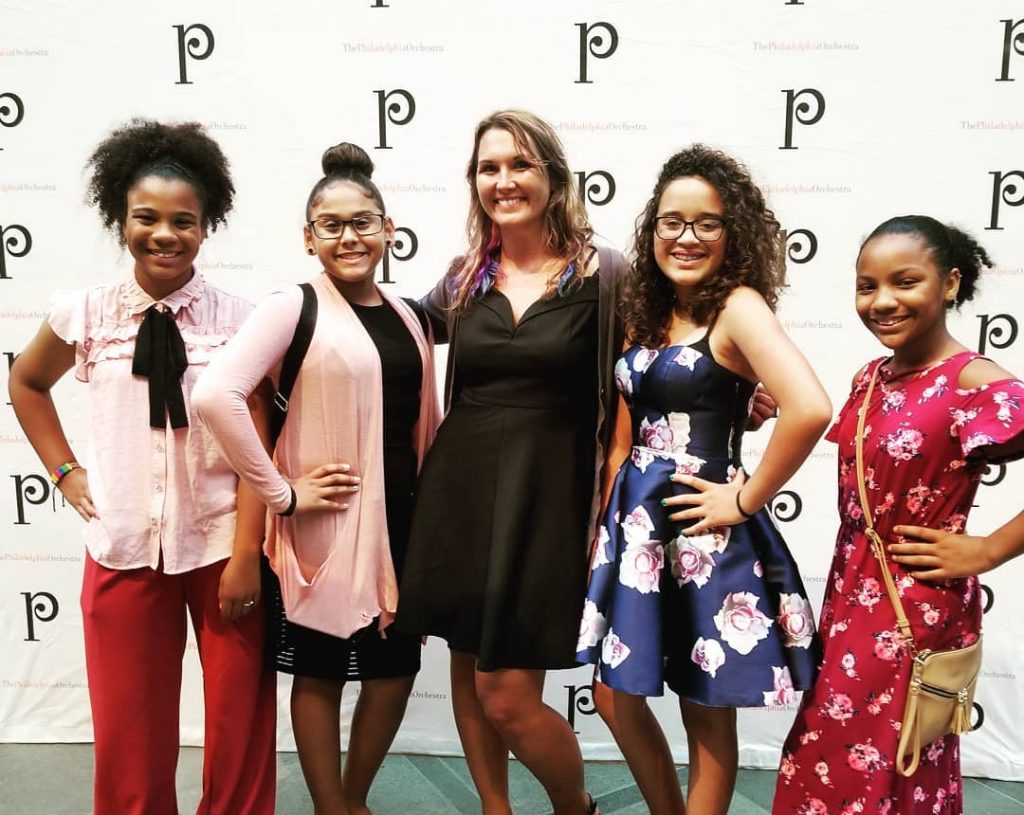

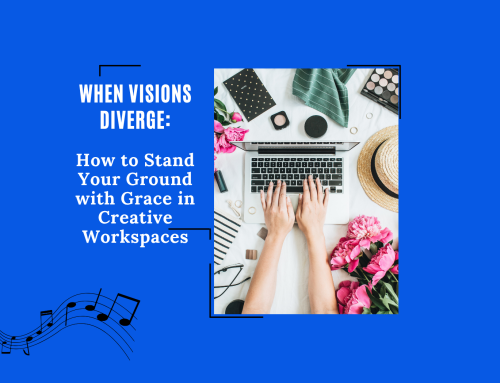
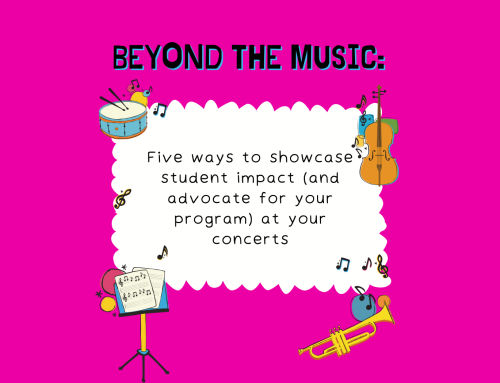
Leave A Comment